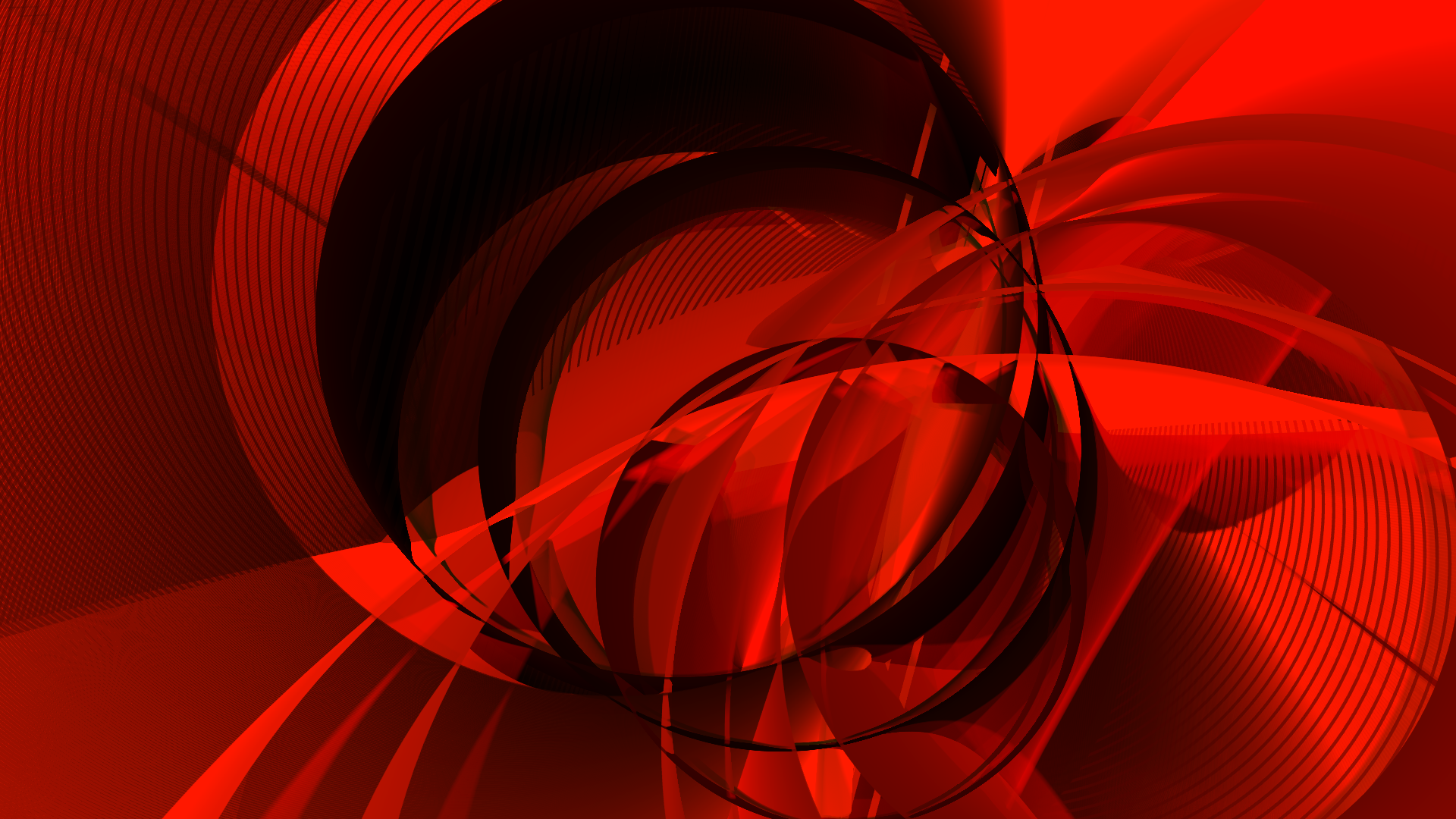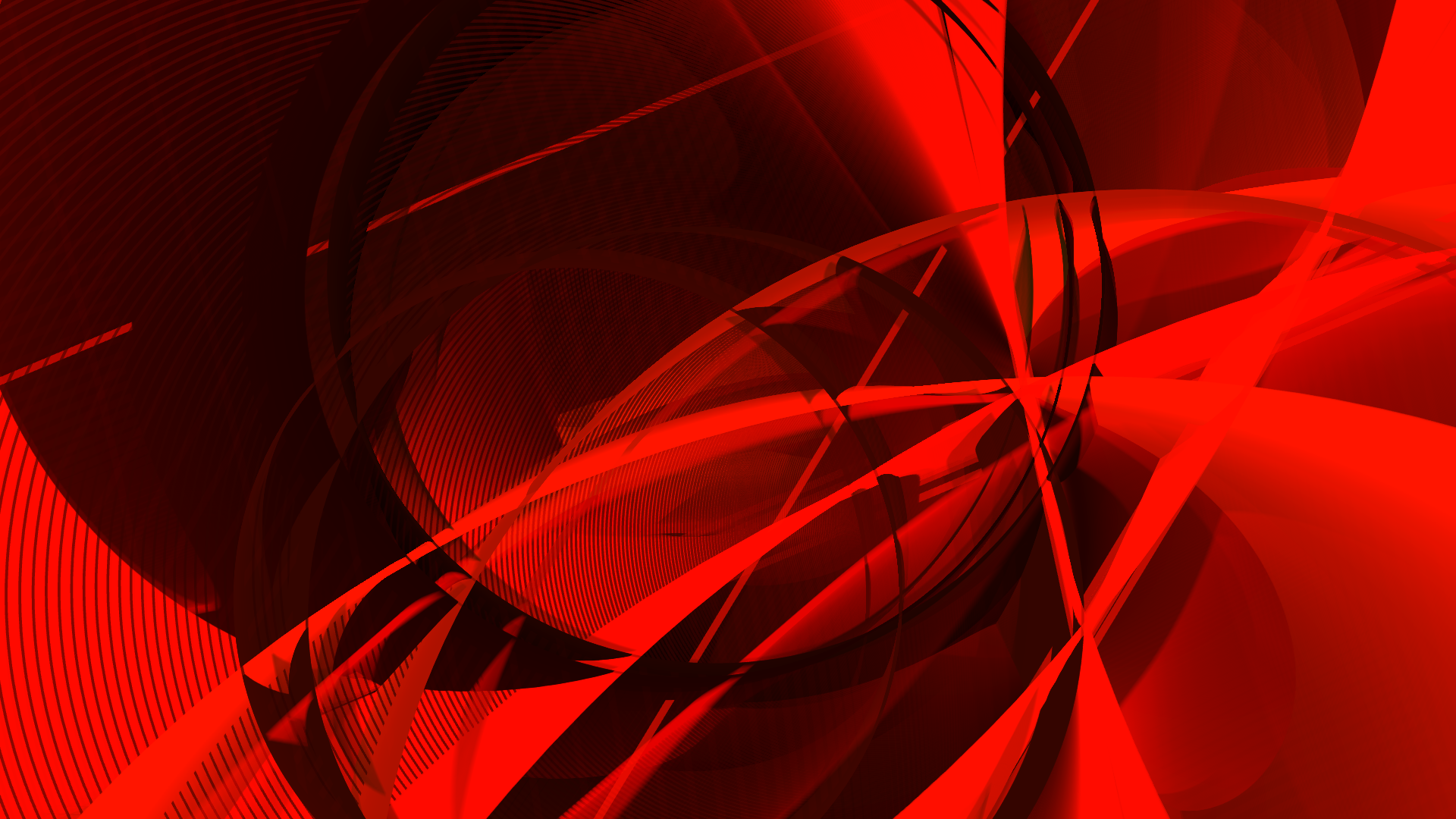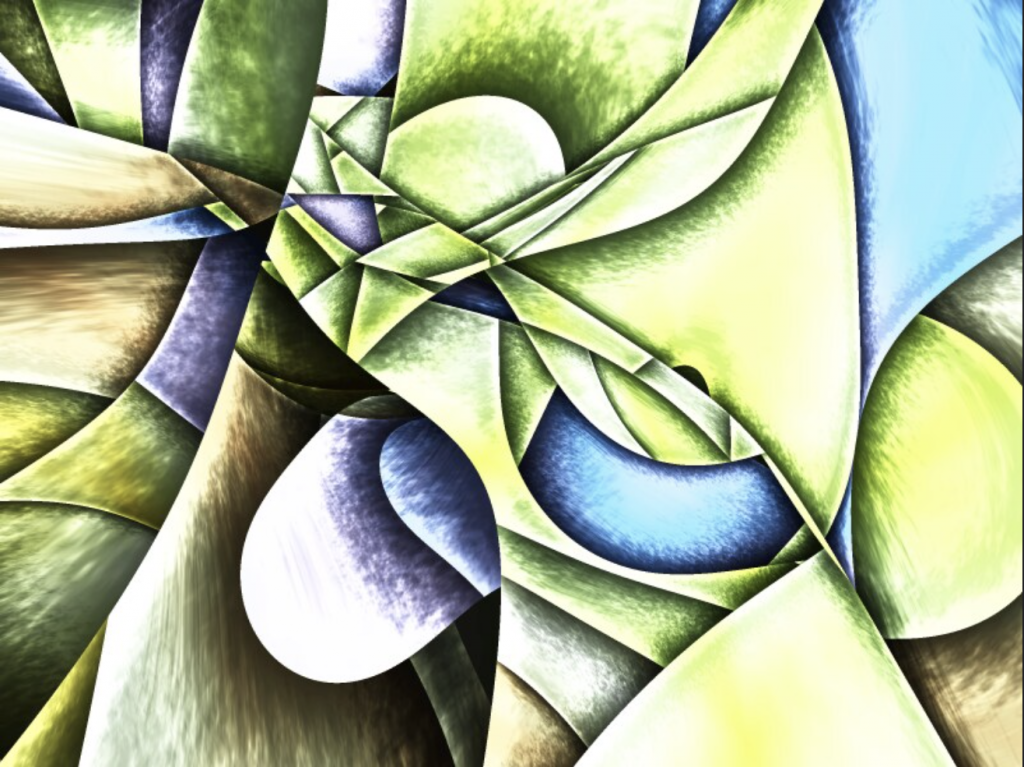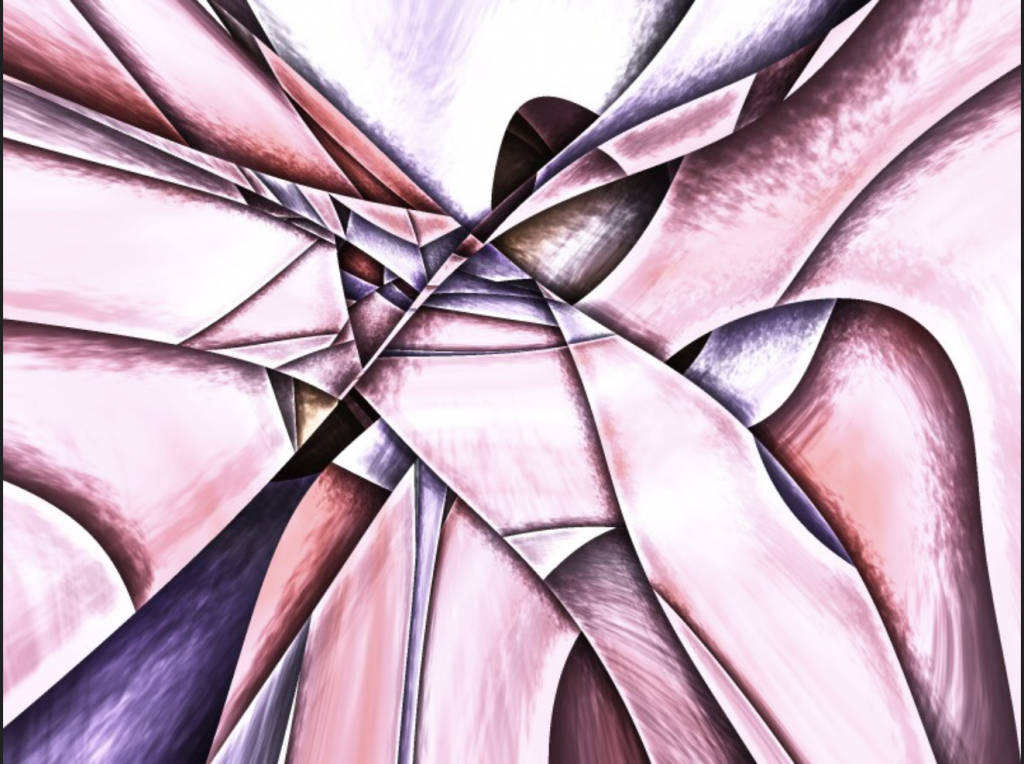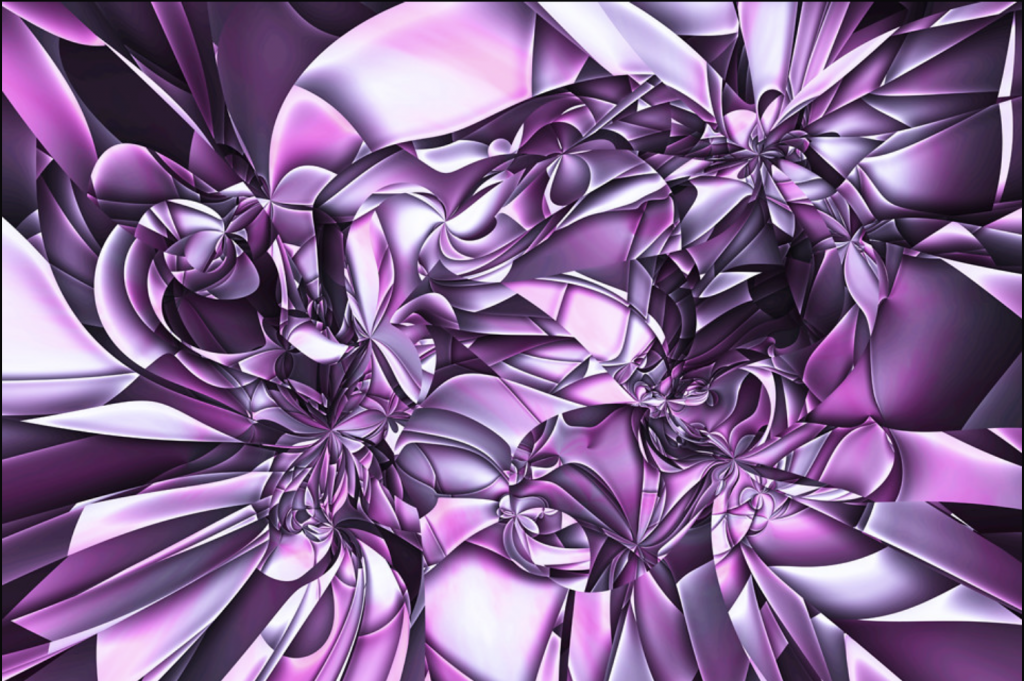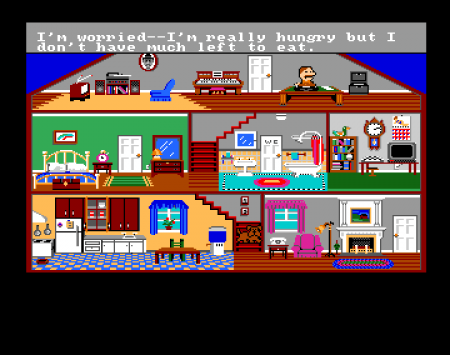After looking at many different artists and artworks, I was very fond of Jessica Rosenkrantz’s generative art. Something that I really admired and stood out to me about her artworks is that the shapes she makes are very organic. It almost seems like they didn’t use an algorithm and that Rosenkrantz created the shapes herself. The way that she gets inspired from natural phenomena and uses technology to create computer simulations is an interesting juxtaposition. Another thing that I admire about her artworks is that the artworks Rosenkrantz creates come in many different forms such as digital art, product design, puzzles, accessories, and statues. The algorithm that she uses combines scientific research, computer graphics, mathematics, and digital fabrication. Rosenkrantz crafts computational systems that create a myriad of unique patterns and shapes instead of just designing them. She translates scientific theories and models of pattern formation into algorithms that eventually create an interesting design.
Jessica Rosenkrantz, Floraform, 2014
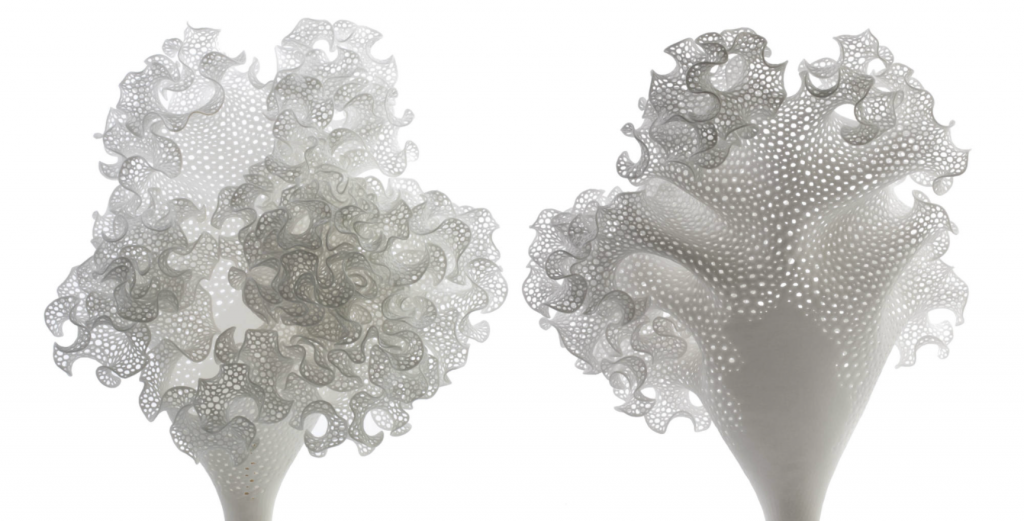
![[OLD SEMESTER] 15-104 • Introduction to Computing for Creative Practice](../../../../wp-content/uploads/2023/09/stop-banner.png)

